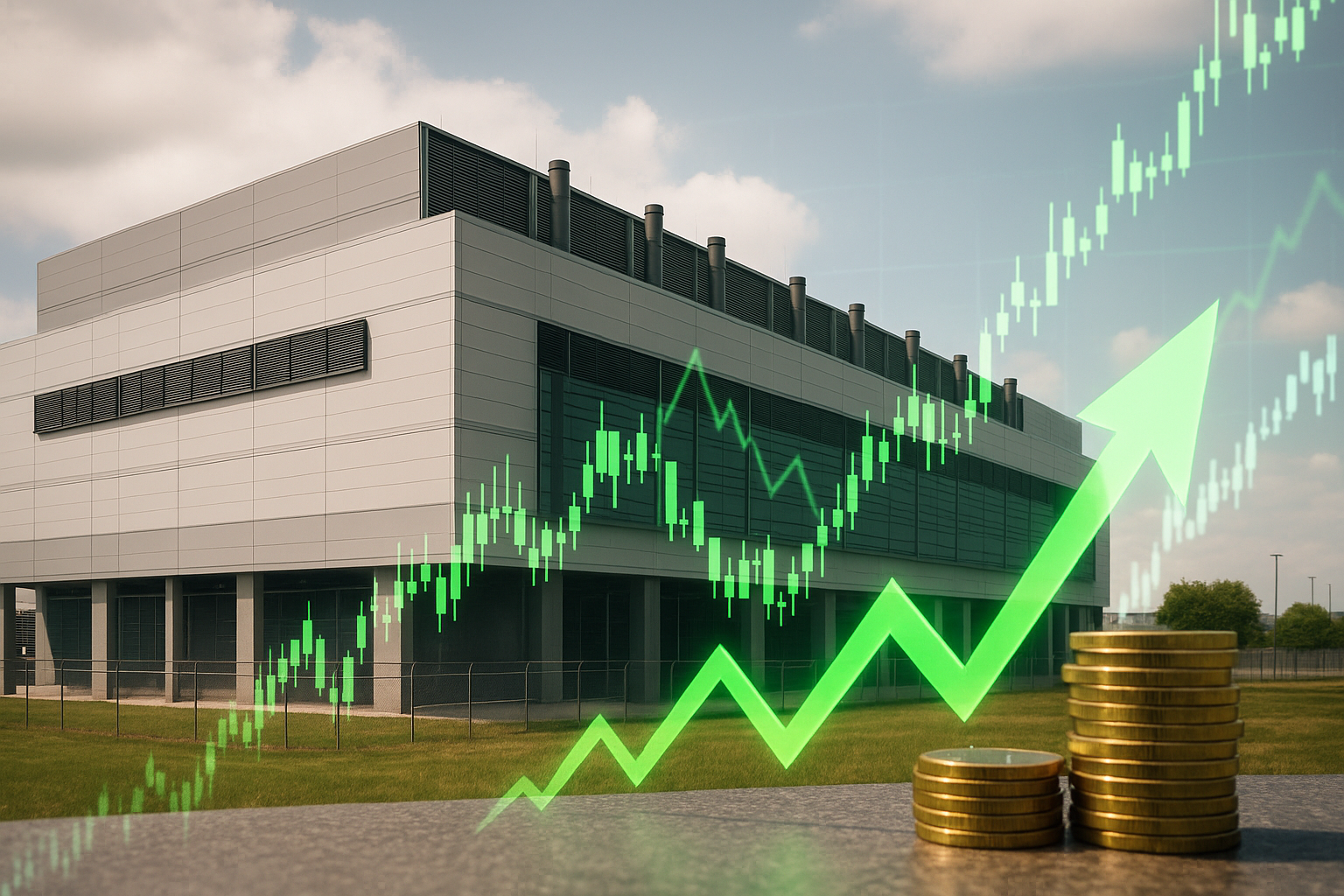A new wave of capital is rushing into the artificial intelligence economy—this time aimed squarely at the physical backbone powering the global AI boom. Brookfield Asset Management is preparing a fund that seeks to raise more than $10 billion, with approximately $5 billion already committed, to acquire or build an estimated $100 billion in AI infrastructure assets globally, according to reporting from Reuters and InvestmentNews. The move comes at a moment when analysts are increasingly warning that the AI frenzy—spanning data centers, advanced chips, and clean-energy sourcing—may be outpacing fundamental returns.
For investors, the timing could not be more critical. Markets are questioning whether AI demand is entering a sustainable long-term expansion or nearing a short-term overheating phase. The Brookfield announcement lands precisely as asset-managers and strategists across Wall Street highlight emerging concerns of valuation stretch and capital misallocation, stressing that some AI mega-projects are running ahead of measurable revenue contribution.
A Massive Bet on the Physical Layer of AI
Brookfield’s new strategy reflects a growing shift from software-led optimism to the harder economic realities underneath AI. Data-center capacity remains historically tight, with global demand for compute rising at double-digit annual rates. According to McKinsey’s 2024–2025 AI Infrastructure Outlook, data-center power requirements could triple by 2030, driven by the proliferation of generative AI workloads.
Brookfield’s fund will focus on:
- Hyperscale data-centers in North America, Europe, and Asia
- Energy procurement, including renewable generation and grid-connected systems
- Advanced semiconductor and compute infrastructure linked to high-performance AI clusters
Analysts note that this aligns with broader institutional interest in AI-adjacent real assets. Blackstone, KKR, and sovereign wealth funds have all accelerated investments in data-center and energy infrastructure over the last 18 months.
But the scale of Brookfield’s capital stack stands out. If fully deployed at its targeted leverage ratios, the group could steward up to $100 billion in AI infrastructure exposure—an unprecedented concentration in a single thematic build-out.
Warnings Emerge as AI Spending Surges
Even as capital pours in, fund managers are increasingly vocal about the risks. Multiple Reuters interviews with portfolio strategists this week highlight growing unease that the AI investment boom may be “running ahead of measurable returns.” While companies like Nvidia, Super Micro Computer, and TSMC have posted extraordinary revenue growth, downstream monetization—especially from enterprise AI adoption—remains uneven.
A November 2025 cross-sector survey by Goldman Sachs noted that 67% of CIOs still categorize AI spending as “experimental” or “non-critical,” raising questions about the near-term ROI of infrastructure growth.
Several key risks have been flagged:
- Overcapacity in certain regions, particularly the U.S. West Coast and parts of Europe
- Margin pressure for data-center operators as power and cooling costs surge
- Semiconductor supply volatility, especially in advanced packaging and high-bandwidth memory (HBM)
- Long return timelines for energy-linked infrastructure projects
InvestmentNews analysts added that while institutional capital is enthusiastic about long-term AI infrastructure, “the payback cycles are far longer than what most AI-exposed equities currently imply.”
Why This Matters for Investors
Brookfield’s move illustrates both sides of the AI investment narrative: massive structural demand and the growing fear of a capital bubble. For investors positioning portfolios around AI, the nuance lies in understanding where the real economic bottlenecks—and opportunities—exist.
1. Infrastructure Remains Undeniably Underserved
Generative AI adoption is pushing global compute demand to historic levels, and industry leaders such as Microsoft, Alphabet, and Meta have signaled 100%+ year-over-year increases in data-center construction budgets. Companies directly tied to data-center build-outs—construction firms, power-equipment suppliers, networking hardware providers—continue to benefit from structural tailwinds.
2. Returns Will Vary Dramatically Across the AI Value Chain
Not all AI investments are equal. Software and AI-application startups face intense competition and uncertain monetization. Infrastructure assets, while capital-intensive, often carry stable cash-flow models and long-term contracts—but with slower returns.
3. A Bubble Risk Is Real, but Not Uniform
Valuations in AI-exposed equities have surged. Some chip stocks trade at 40x–60x forward earnings, while data-center REITs are pricing in acceleration for multiple years. Investors should differentiate between companies with proven cash-flow resilience and those relying solely on AI-related optimism.
Future Trends to Watch
- Energy bottlenecks: Data-center power demand is creating the fastest-growing energy-infrastructure market worldwide.
- A shift toward sovereign-backed AI infrastructure: Governments in the U.S., EU, Middle East, and Asia are competing for AI capability.
- Chip supply diversification: Expect increased investment into advanced packaging, HBM, and localized chip manufacturing.
- AI infrastructure ETFs: Several fund managers are preparing products specifically targeting AI-adjacent real assets.
Key Investment Insight
The AI build-out is entering a new phase where physical infrastructure—not algorithms—becomes the core bottleneck. For long-term investors, selectively targeting data-center operators, energy-infrastructure providers, power-equipment manufacturers, and semiconductor supply-chain leaders may offer more durable exposure than chasing the latest AI software narrative. But caution is warranted: overcapacity and delayed ROI could pressure margins and trigger sharp corrections if expectations outrun cash-flow realities.
Investors looking to navigate the next stage of the AI economy should stay tuned to MoneyNews.Today, where we track the most critical developments shaping markets, technology, and global capital flows every day.





